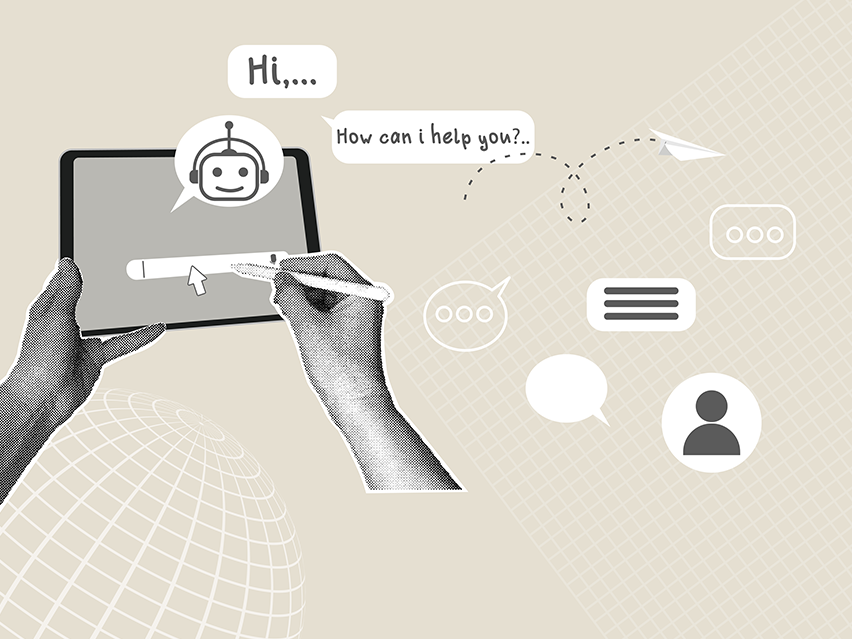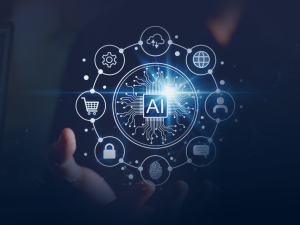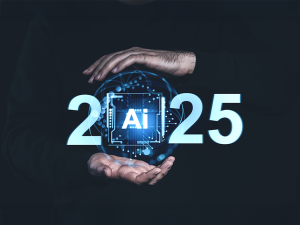There’s been a lot of noise around AI developer tools. If you scroll through LinkedIn, you might find the narrative of “AI is doing things faster and therefore saving costs”, but if your preferred social network is ~twitter~, or as it is called now, X, then you might find techies talking about how AI has unlocked their potential, freed up their time, and brought back their love of tinkering.
It comes down to who is writing these posts; traditional managers will think of cost savings, traditional engineers will worry about being replaced, and creative tinkerers will enjoy a sparring partner.
As a software engineering company, we get to be on the centre stage of this evolution, and get a peek behind the curtain. So, we have the opportunity to have a bird’s eye view and be in the middle of the action, simultaneously.
There’s one thing that is abundantly clear.
AI isn’t replacing developers. It’s removing the friction that slows them down. It’s taking care of the repetitive parts so they can focus on the problems that need real thinking.
Here’s how we’re using AI developer tools today, and how that’s changed in the way we build software.
AI-assisted coding speeds up the boring parts
Autocomplete has come a long way. With tools like GitHub Copilot, our teams can now write scaffolding code, helper functions, or common patterns in seconds. This isn’t about skipping work. It’s about skipping the parts that don’t need to be written from scratch every time.
In large feature builds, this has helped developers move from setup to actual logic faster. More importantly, it has helped junior engineers build confidence and get past early blockers with less friction.
Test automation is getting smarter
Manual testing has always been a time sink, especially when changes ripple across multiple modules. AI-powered testing tools are helping us predict where those ripples go. From identifying likely breakpoints to writing test cases based on recent commits, these tools are speeding up our QA cycles in meaningful ways.
We recently integrated AI-assisted regression testing in one of our enterprise projects. The result? Fewer surprise failures, tighter release schedules, and more time for exploratory testing.
Smarter code reviews and static analysis
We’ve also seen value in using AI to support code quality. Tools that flag potential issues, suggest improvements, or highlight risky changes are becoming part of our everyday pipelines. This doesn’t remove the need for human reviewers. It just makes the process more consistent and thorough.
Engineers now spend less time finding what’s wrong and more time improving what matters.
Better productivity through automation
A big part of engineering isn’t coding, it is setup, environment management, documentation, and keeping track of small tasks. AI productivity tools are helping here too. Whether it’s summarizing pull request histories, generating environment configs, or auto-updating change logs, these small wins add up.
In one internal pilot, we used an AI agent to manage build summaries and status updates across a multi-repo project. The feedback from the team was simple: “It just saved me half an hour a day.” That’s time engineers can now use to solve actual problems.
Why this matters
The value of AI in software automation isn’t in doing our job. It’s in clearing the path so we can do our job better. It’s the shift from grunt work to thoughtful work. From context switching to deep focus.
That’s how we see AI, less like a replacement and more like an assistant that helps us build sharper, faster, and with more intention.
In software, speed matters. But clarity matters more. These tools give us both.
Explore further
Discover more Articles and stay in the know.




